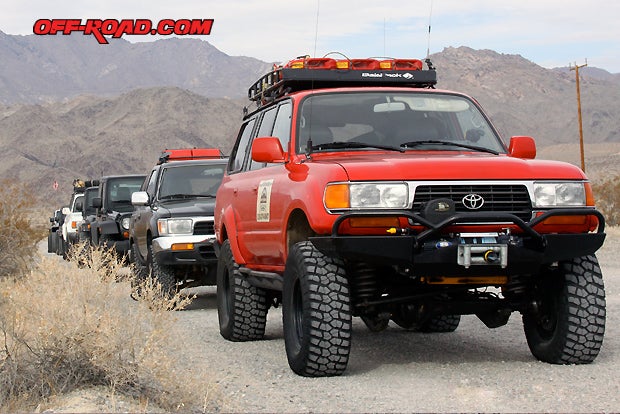
Death Valley is one of the most extreme places you can visit in your 4x4. Temperatures in excess of 120 degrees and the lowest point in North America make it among the most desolate and sought-after places by adventure travelers. Its harsh weather and terrain can be challenging, but its reward of solitude and spectacular scenery warrants the trip.

The 3.4 million acre National Park is the largest in the Continental US, with hundreds of miles of dirt roads and trails to explore. It’s located on the western border of Nevada and California. Driving distance to the park boundary is about 200 miles northeast from Los Angeles, 120 miles northwest from Las Vegas, NV.
We embarked on a multi-day expedition through Death Valley with Tom Severin from Badlands Off Road Adventures (http://www.4x4training.com/). It was an incredible trip taken in early spring.
Come along and get inspired to make your own trek to Death Valley.
DEATH VALLEY EXPEDITION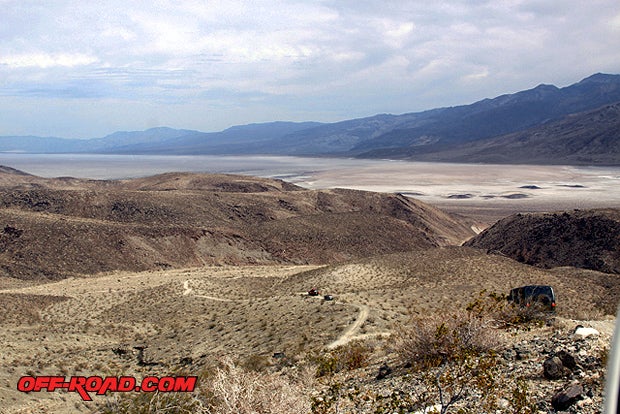
We began our trip just outside of Trona, CA. The plan was to enter Death Valley on dirt from the southwest side of the park. We would cover ground over the Slate Range, across the southern tip of Panamint Valley, then up and over the Panamint Mountain Range via Mengel Pass (4,326 feet). The goal was to make it through Badwater then camp outside of Furnace Creek before nightfall.
About six miles outside of Trona, we came onto Fish Canyon where a metal sign noted the Escape Trail used by William Manly in 1849 to save a party of emigrants making their way across Death Valley from Utah to California. Many 49ers seeking a brighter future with the California Gold Rush came through Death Valley.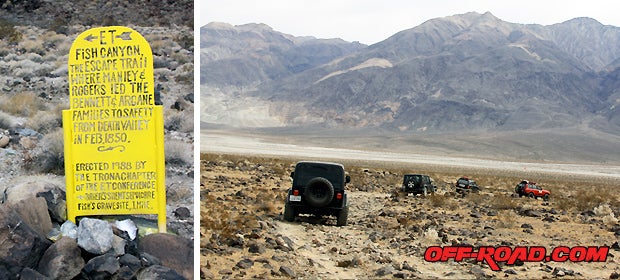
GOLER CANYON
Heading east from the Slate Range, we reached the entrance to Goler Canyon. It had some impressive granite walls leading up to a waterfall climb. There’s a seasonal stream that runs down this obstacle, which makes it slippery and challenging. We came upon a group of dual-sport motorcycles that had to use every bit of power and skill to spin their way to the top.
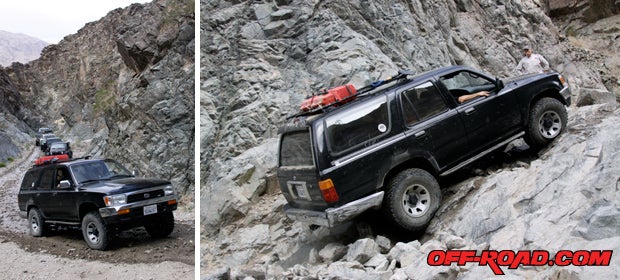
From this point on, most of the trail travels through hard-pack surface until reaching Mengel Pass. Along the trail, we passed several historic sites--including the Newman Cabin and Lotus Mine.
BARKER RANCH
Now inside the Death Valley National Park boundary, we made a stop at the Barker Ranch (a.k.a. Manson Hideout). The ranch became infamous in 1969 when Charles Manson and members of the "Manson Family" were captured at the site. The Manson Family was responsible for the murders of actress Sharon Tate and seven others during the summer of 1969.
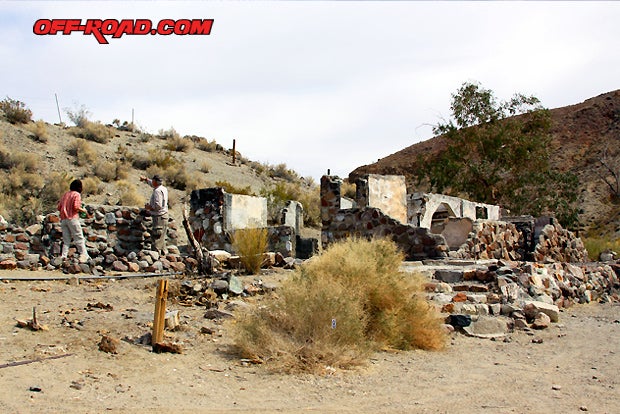
Established in the 1930s by "recreational ranchers” who enjoyed the desert’s solitude and simplicity, Bluch and Helen Thomason moved to the area to try their luck at gold mining. Around 1940, they constructed a small stone cabin and outbuilding, with electricity provided by a windmill and generator, and dirking water from a nearby spring.
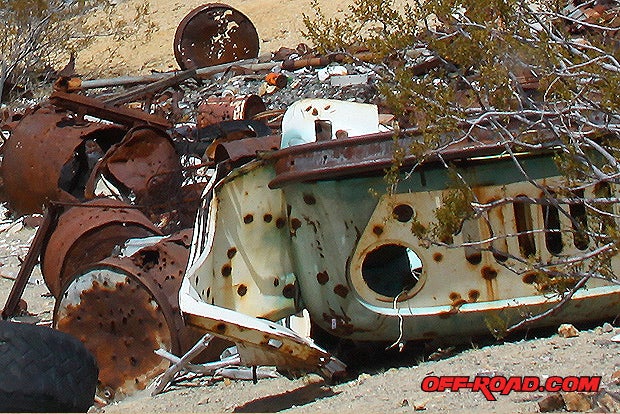
In 1955, the ranch was sold to Jim and Arlene Barker, who moved to the desert from Oklahoma. To accommodate their family gathering, the Barkers enlarged the house and constructed more outbuildings.
Barker Ranch became part of Death Valley National Park in 1994. Tragically, the main house and workshop were destroyed in an accidental fire in May 2009 according to the Death Valley National Park/Department of the Interior.
MENGEL PASS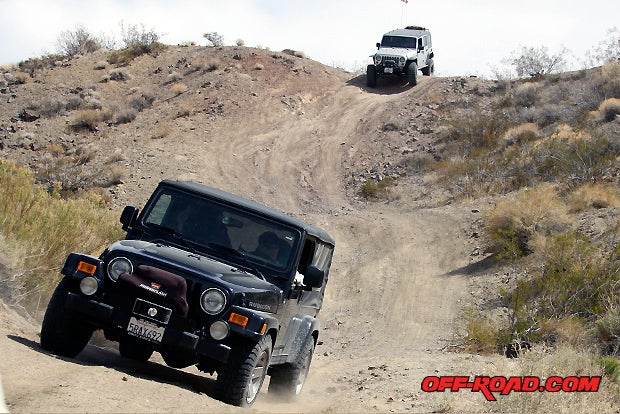
Done with Charlie and back on the trail, we worked up and down a steep hill toward Mengel Pass. We approached a technical section that had large boulders and sharp rocks that required careful tire placement and maneuvering to avoid damage or slashed tires.
Crawling to the top, we finally made it to Mengel Pass and the final resting place of Carl Mengel. Carl Mengel was a miner from Nevada that settled in Death Valley around 1912. He lost a leg in a mining accident while still in Nevada, but he continued to mine thanks to a prosthetic leg. Mengel owned the Lotus Mine in the area until 1936. Mengel died of tuberculosis at the age of 76, and his ashes and prosthetic leg are buried under this monument.
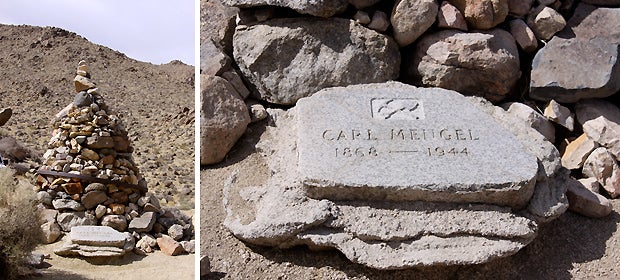
BUTTE VALLEY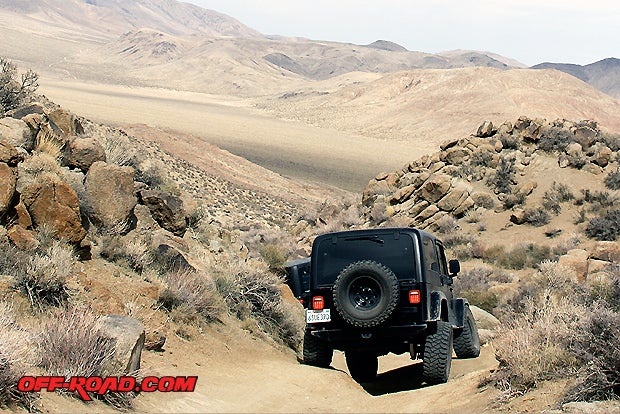
Up and over Mengel Pass, we dropped down into Butte Valley. Tom took us over to visit a 1930s Geologist Cabin that is still in use today. The stone building was built by Wallace Todd, a professor of Earth Sciences. Friend William Fison, a retired sea captain, aided Todd in the construction of the rustic cabin. The cabin is part of the Adopt-A-Cabin program and is open to visitors to stay in when not in use.
We had the opportunity to sneak a peek inside the Geologist Cabin since it was not occupied. Usually, one can tell it is taken when the American flag is flying high. Inside, one can find supplies, canned food and a fireplace. It also has an awesome view of Stripped Butte across the way.
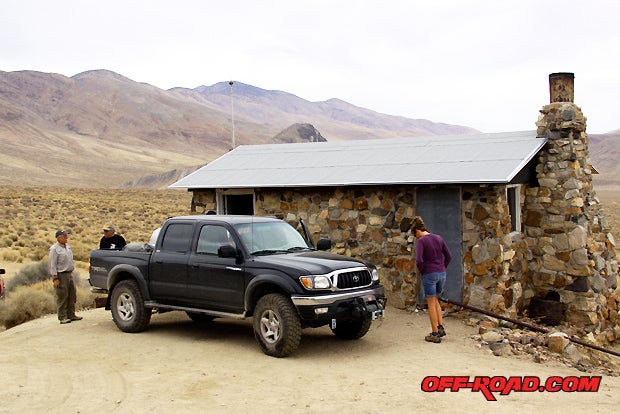
After leaving the Geologist Cabin, we headed east toward Badwater. We traveled another 22 miles along Warm Springs Canyon Road, which consisted of washboard and rocky sections. While working across the terrain, we came upon the Gold Hill Mill and Mine.
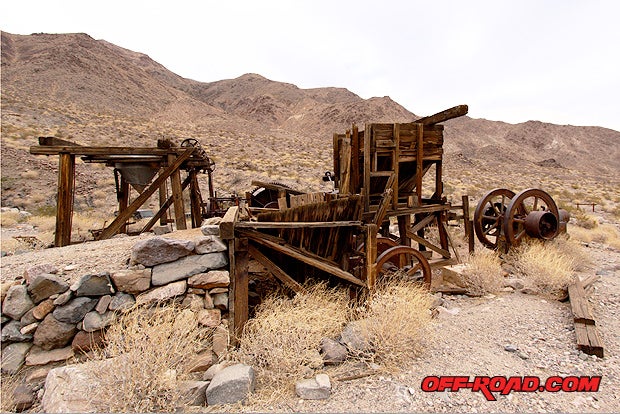
The Gold Hill Mine was active in the 1930s under Louise Grantham. Gold ore was mined from mine located in Warm Springs Canyon. The ore was then processed at the Gold Hill Mill. It was powered by a hot-shot diesel engine that turned a Blake Jaw crusher and arrastra. One of the finest in the area. Much of the original equipment still stands today in a state of natural decay.
After exploring the Gold Hill Mine camp, we powered on through Warm Springs Canyon and down into the Badwater Basin. Aired up and back on pavement, we drove north toward Furnace Creek. Tom had a secret camp spot just outside Death Valley National Park for our group. The reason for camping outside the park was so we could have a campfire. No open fires are allowed in Death Valley, except in limited designated areas.
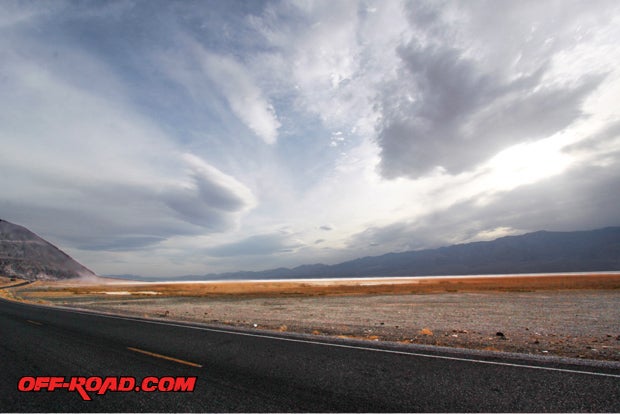
RAIN & TRAINS
We woke up the next morning to howling wind and rain in the air. The rude awakening was a rough way to start our day, but we made the best of it. Since we couldn’t build a morning fire or cook breakfast, Tom suggested we head over to the Furnace Creek where hot coffee and food awaited.
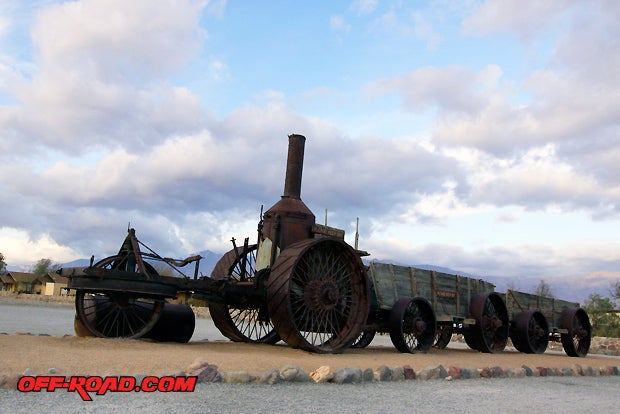
Also at the Furnace Creek Ranch is the Borax Museum. We had the opportunity to walk around and examine old mining equipment on display—collected from various Death Valley mines. Originally built as a working ranch in the 1880's, Furnace Creek Ranch was the home of the famous 20 mule teams. Today the Ranch offers a complete resort complex in the heart of Death Valley National Park. More at http://www.furnacecreekresort.com/.
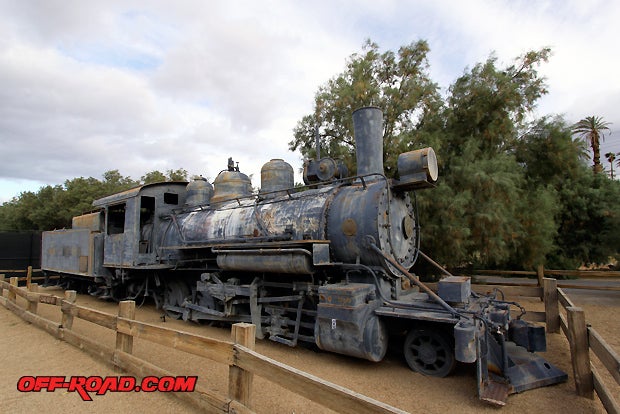
Our morning perk and walking tour of the Borax Museum and Furnace Creek Ranch more than made up for our cold and gloomy morning. Rain was certain that day; it was just a question of when.
Before leaving Furnace Creek, we picked up our park passes (required) at the Death Valley Visitor Center. Legal and ready for more adventure, we made our way back on the road for yet another day of off-roading in Death Valley.
Next time we’ll come back with the second leg of our trip through Death Valley, once things dried up.
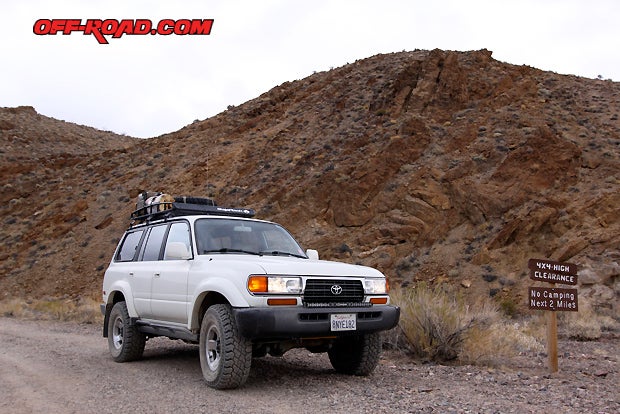
NOTE: If you would like to take your very own Death Valley Expedition with Tom Severin, give him a call! He schedules two trips a year (Fall, Spring). He’s a very knowledgeable person and great guide. Make sure to let him know you read about it on Off-Road.com
SOURCES
Death Valley National Park - CA, NV
http://www.nps.gov/deva/index.htm
Badlands Off Road Adventures
http://www.4x4training.com/
Some Helpful Trail Guides & Resources
California Trails - Desert Region
By Peter Massey, Jeanne Wilson, Angela Titus
http://www.adlerpublishing.com/
California Desert Byways – Wilderness Press, Tony Huegel
https://www.wildernesspress.com/
California Backroads & 4-Wheel Drive Trails – Tuntreks, Charles A. Wells
http://www.funtreks.com/
Trails.com – Death Valley 4x4 Trails (Online trail guides)
http://www.trails.com/


 Your Privacy Choices
Your Privacy Choices